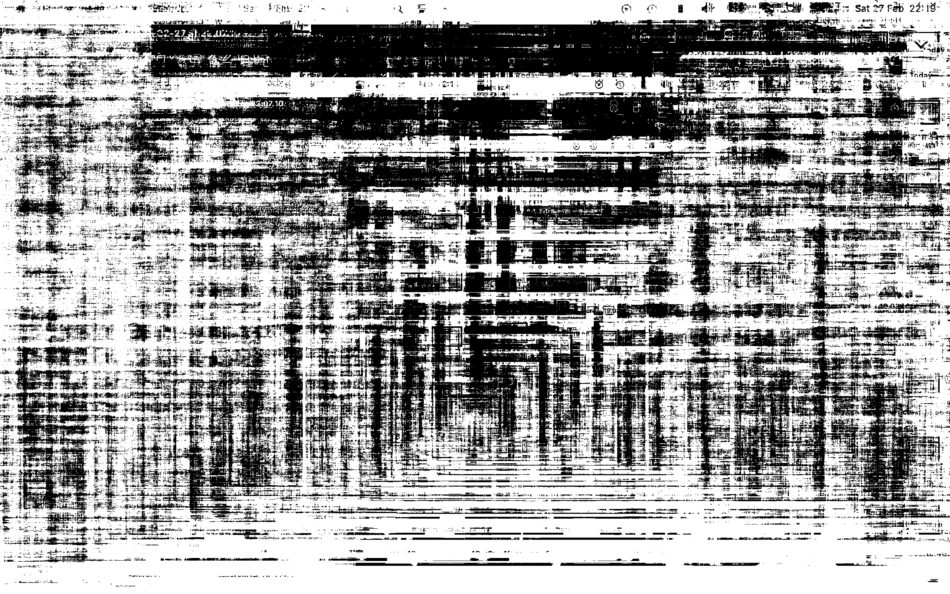MAGAZINE
The transformation of the I / I without body (part I)
The transformation of the I/I without body (part I)
Humankind has always observed and studied the reality that surrounds them. Throughout history, and especially since the birth of Christianity onwards, humans have become the masters of nature by fabricating the technical means to subject it according to their needs.
The tools we have developed over time have led us to have a great ability in altering the natural space that the body inhabits. However, now more than ever, we find ourselves acting in multiple dimensions that are not necessarily tangible.
“After three thousand years of explosion, by means of fragmentary and mechanical technologies, the Western world is imploding. During the mechanical ages we had extended our bodies in space. Today, after more than a century of electric technology, we have extended our central nervous system itself in a global embrace, abolishing both space and time as far as our planet is concerned. Rapidly, we approach the final phase of the extensions of man – technological simulation of consciousness, when the creative process of knowing will be collectively and corporately extended to the whole of human society, much as we have already extended our senses and our nerves by the various media.”
(Marshall McLuhan, Understanding Media, p. 4, 1964)
The tragedy of our existence is the weakness of our senses. Our hands are not really strong, neither are our eyes, legs, skin, nails… etc. Humans historically have been able to survive and shape their reality, compensating for the weakness of the senses through technology. For instance, a way to escape the weakness of human’s memory (oral culture) was by recording and storing the information through writing. The main effect of substitution of oral memory with written memory is, as noted by De Kerckhove, the decontextualizing of the verbal content from the memorized content. It is to say, text and context in oral culture converged only in the memory of the speaker, while in writing culture text and context are literally divided.
We have advanced so much in this regard that most of the processes that involve our senses can be externalized and separated from the physical presence of the being. New ways of recording ourselves have taken the advent leading to a historical moment when the connection to things and people is almost completely digitized. Our presence is now mediated through technology, shifting from the act of being present in the natural physical space to being present as a projection of our identity, consciousness, knowledge and even experience in the digital space commonly accessible through screens.
The fact that the digital space allows for us to create a conscious identity separated from the physical existence of the body opens up potentially infinite possibilities and realms in which we can coexist. However, the intangible dimensions in which we extend our presence do not allow for physicality. We find ourselves on the brim of inevitably annihilating the physical body. McLuhan’s words on abolishing time and space, on extending our presence in a global embrace are perhaps more comprehensible today than in 1964 when they were first published.
As the medium leads us from linear connections to configurations, it has fallen on the artists’ shoulders to deal with technology because thanks to a particular sensitivity, they are able to recognize the changes that occur in sensory perception. There have been innumerable attempts at constructing sensorial experiences in the digital but the notion of experience as we know it sees perception as a constitutional element for its existence. Through perception, we elaborate the sensory information provided by the physical process during which sensory systems respond to stimuli. Therefore, can we argue that we cannot fully experience if the sensory system is not there to engage with the stimuli (sensory information) as happens when we activate in the digital realm? In other words, how does the deprivation of our physical form alter our ability to experience? Which stimuli are engaging with the sensory system when we activate in the digital space and perhaps what else is there that is not recognized by our sensory system?
These are some of the questions that will lead the research for the upcoming series of articles The transformation of the I / I without body starting with this one.

